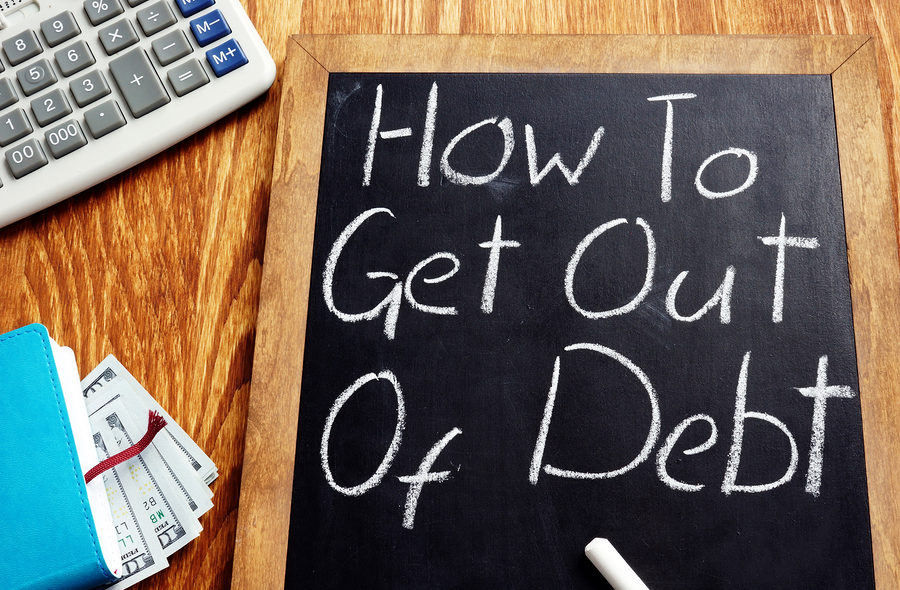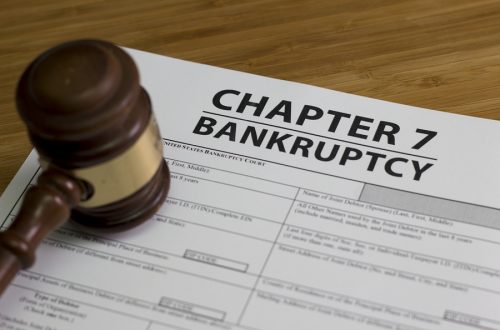When it comes to paying down debt, the process can seem daunting if not impossible. During COVID-19, many Americans are being forced to take a different approach when it comes to their finances. With the uncertainty of how long this pandemic will last and how it will affect the nation’s economy, many are concerned how to manage their existing debt while trying not to incur new debt.
One good rule of thumb is to look at the debt that is costing you the most in the long run. How is this “cost” determined? The interest rate on the debt is often a good predictor of whether a debt will end up taking longer to pay off and will end up costing someone more when the debt is eventually paid in full.
If the consumer is struggling to pay off multiple credit cards, it can help to look at the interest rate on each card. When compared to other debts, credit cards traditionally carry the highest interest rates, which is why most financial experts recommend that credit cards be paid off before other debt.
In addition to the interest rate, look at the total balance owed on each debt. With credit cards, the cards that carry the higher interest rates are normally those with the largest balances, as well, making the card difficult to pay off. If the debt has both a high interest rate and high balance, at the end of the day, that debt is the one that is costing the consumer more. More times than none, the consumer can end up making monthly payments on time every month for years, only to be paying down the interest and never reaching the principal owed.
It is recommended to pay those balances down first and trying to find a way to accelerate payment of those specific debts. The snowball method is often used in these situations where the consumer takes all extra funds he or she has and puts those funds towards the card with the highest balance and/or highest interest rate while maintaining the minimum monthly payments on other debts. Once that debt is paid off in full, then focus efforts on the debt with the next highest interest rate or balance.
Ultimately, it should be what motivates the consumer when paying off the debt. If the consumer wants to see progress quicker, it can be beneficial to start with the debt with the lowest balance, since that would arguably be easier to pay off. Once that is paid in full, that progress will encourage the consumer to keep going.
Transferring multiple balances on credit cards to one with a lower interest rate can also make the process easier if the high interest rate makes paying the debt down nearly impossible. However, if this strategy is used, the consumer needs to be sure to read the fine print and pay off the debt before any promotional period expires. At that point, interest rates tend to skyrocket, and many times, this leaves the consumer with an interest rate higher than what he or she originally had.
Please click here to read more.
If you have questions on this topic or are in financial crisis and considering filing for bankruptcy, contact an experienced Miami bankruptcy attorney who can advise you of all of your options. As an experienced CPA as well as a proven bankruptcy lawyer, Timothy Kingcade knows how to help clients take full advantage of the bankruptcy laws to protect their assets and get successful results. Since 1996 Kingcade Garcia McMaken has been helping people from all walks of life build a better tomorrow. Our attorneys’ help thousands of people every year take advantage of their rights under bankruptcy protection to restart, rebuild and recover. The day you hire our firm, we will contact your creditors to stop the harassment. You can also find useful consumer information on the Kingcade Garcia McMaken website at www.miamibankruptcy.com.


